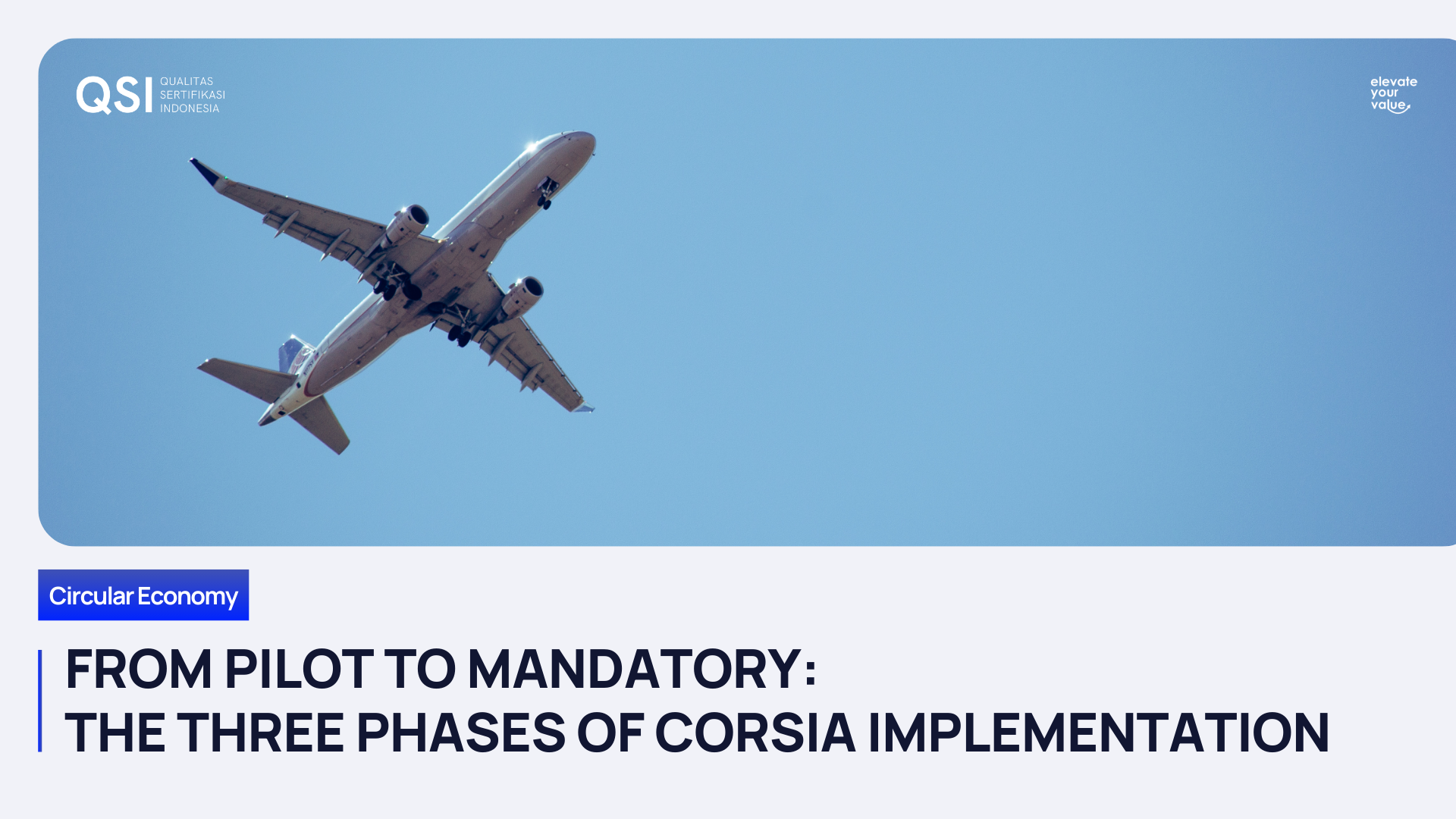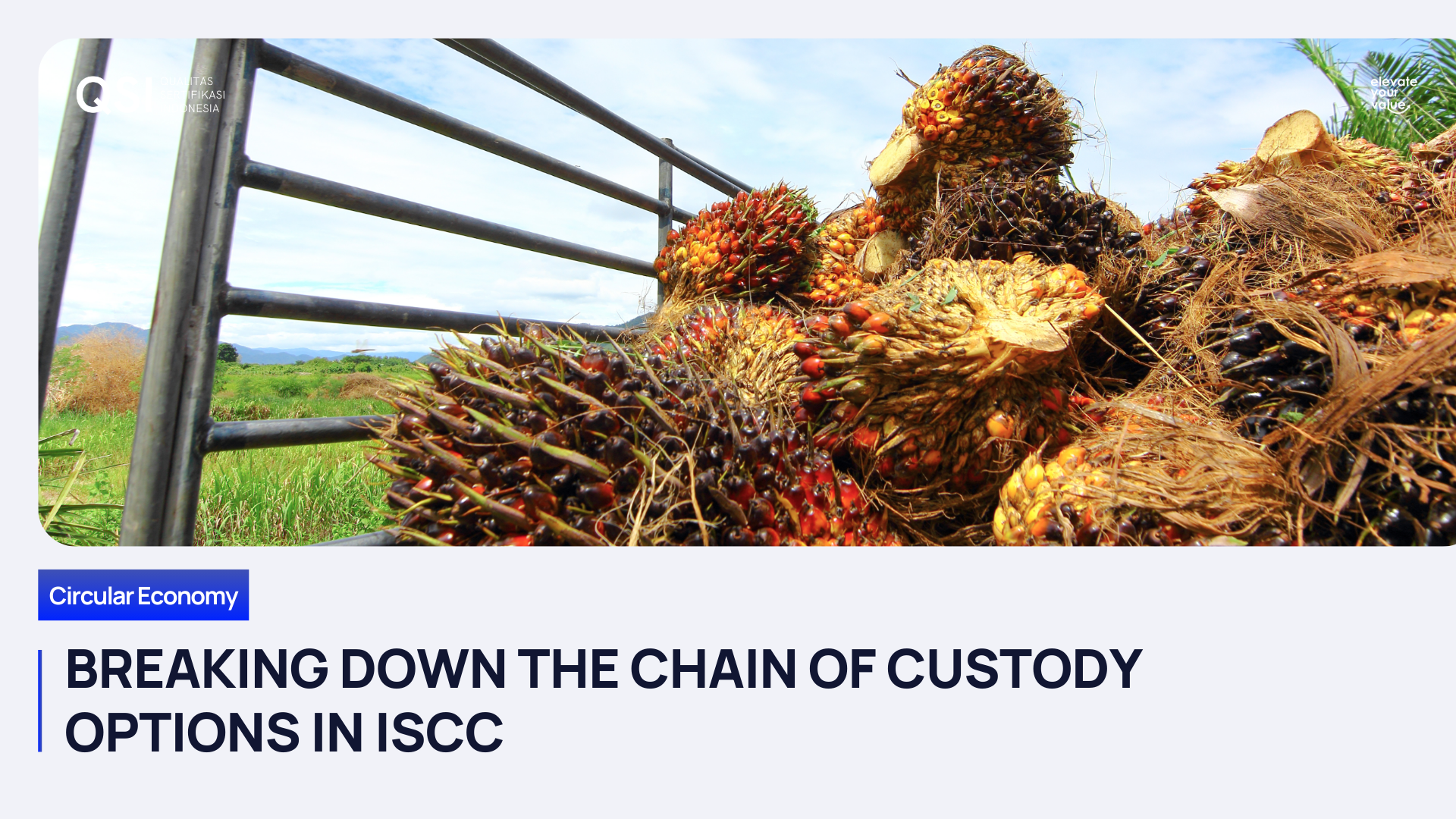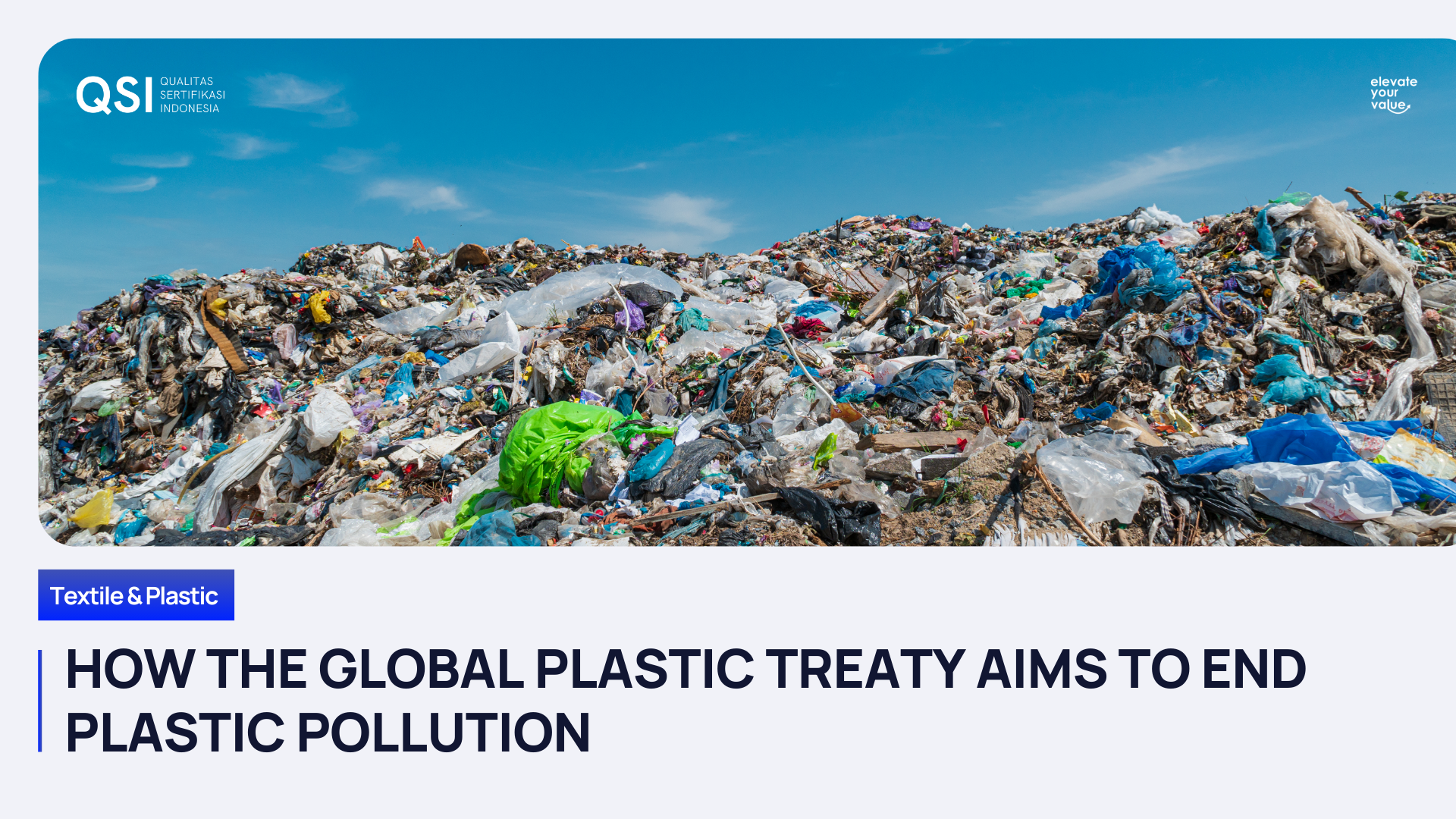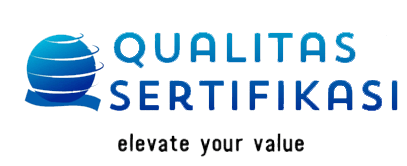Biodiesel: Pemanfaatan dan Masa Depan Bisnisnya
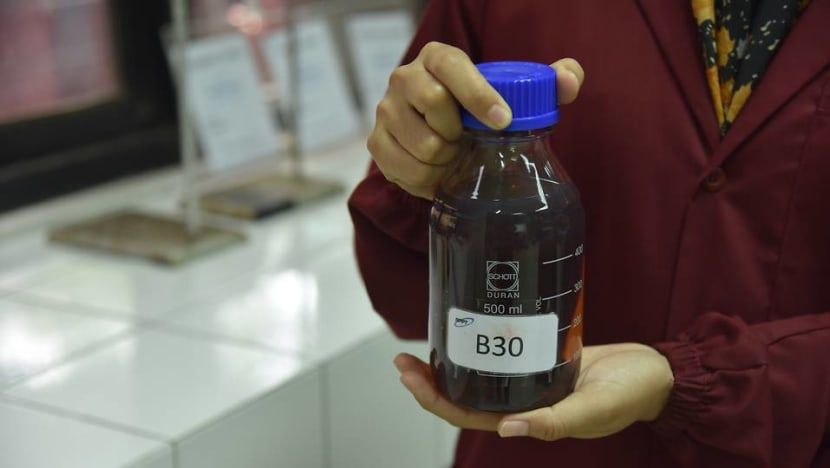
Mulai 3 September 2022 kemarin, Pemerintah Indonesia resmi memutuskan menaikkan harga BBM, mulai dari Solar, Pertalite, hingga Pertamax. Kenaikan harga BBM ini jelas akan berpengaruh pada kebutuhan-kebutuhan lain, selain peningkatan pengeluaran.
Di sisi lain, ada alternatif bahan bakar yang bisa dimanfaatkan oleh pengguna kendaraan bermotor, yaitu biodiesel. Bahan bakar ini dapat mengurangi kecenderungan dan ketergantungan penggunaan bahan bakar kendaraan bermotor yang berasal dari minyak bumi. Penemuan biodiesel sendiri bukan baru-baru ini terjadi, namun sudah ada sejak tahun 1853. Penggunaannya mulai dilakukan pada 1893 di Jerman dengan bahan dasar minyak kacang tanah, untuk mengoperasikan mesin diesel.
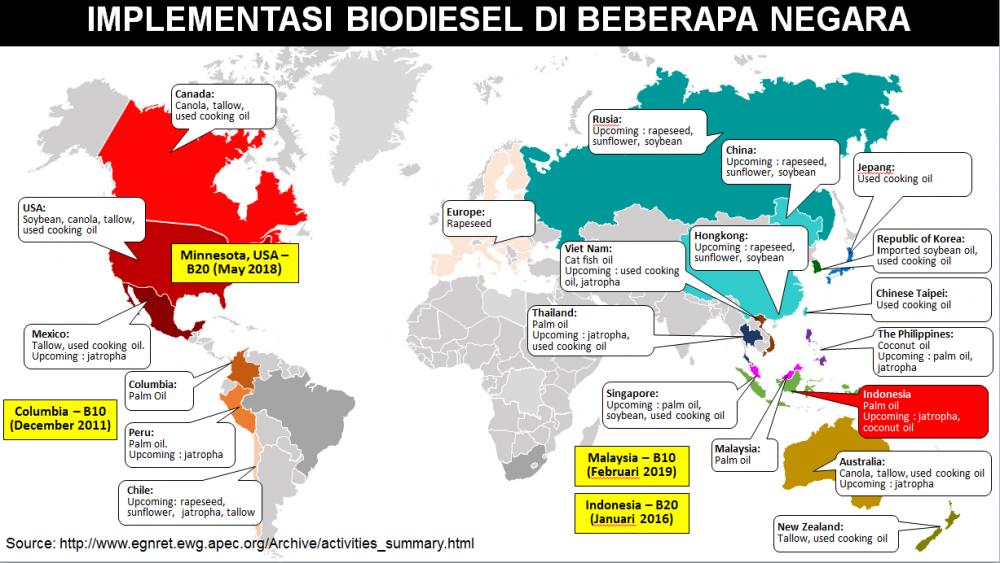
Sebagai salah satu bentuk minyak nabati, biodiesel disebut dapat membantu meminimalisir pemanasan global akibat pembakaran bahan bakar minyak bumi. Di Indonesia,
bahan baku biodiesel kebanyakan berasal dari Minyak Sawit (CPO). Selain itu, tanaman lain yang berpotensi untuk bahan baku biodiesel antara lain tanaman jarak, jarak pagar, kemiri sunan, kemiri cina, nyamplung dan lain-lain.
Bagaimana perkembangan dan pemanfaatan biodiesel di Indonesia?
Di Indonesia, upaya pemanfaatan biodiesel didorong oleh pemerintah dengan implementasi biodiesel 30 persen (B30) pada 2020. B30 merupakan program mandatori pencampuran Bahan Bakar Nabati (BBN) jenis biodiesel ke dalam minyak solar sebanyak 30 persen. Langkah ini membuat Indonesia menjadi pionir dalam pemanfaatan biodiesel.
Pada 2021, nilai ekonomi dari implementasi B30 mencapai lebih dari 4 miliar dolar AS dan berhasil menurunkan emisi Gas Rumah Kaca (GRK) hingga 25 juta CO2e. Selain bertujuan untuk menyelamatkan lingkungan, program ini disebut berpotensi memberikan penghematan devisa negara hingga Rp 64,92 triliun. Adapun harga biodiesel bersaing dengan bahan bakar lain jika ingin dimanfaatkan untuk operasional perusahaan, kisaran Rp 10.131 per liter pada April 2021.
Mengingat biodiesel berasal dari non-minyak bumi, hasilnya dipastikan ramah lingkungan dan aman digunakan setiap hari. Selain itu, emisi yang dihasilkan jauh lebih sedikit jika dibandingkan dengan bahan bakar fosil. Selama 2020, biodiesel tercatat berhasil mengurangi emisi GRK sebanyak 22,46 juta ton.
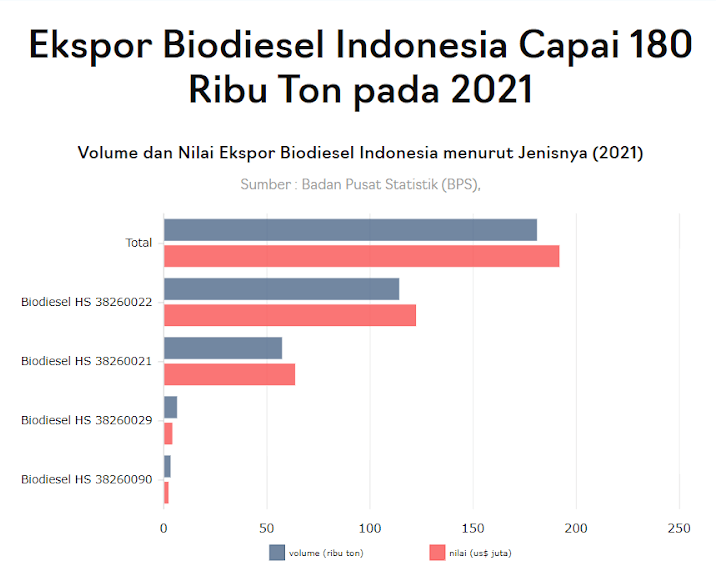
Di Indonesia, bagi teman-teman yang ingin membeli Biodiesel B30 bisa mengunjungi sejumlah stasiun pengisian bahan bakar (SPBU) Pertamina. Beberapa titik yang bisa dituju antara lain Medan, Dumai, Siak, Tanjung Gerem, Bandung Grup, Jakarta Grup, Cikampek, Cilacap Grup, Semarang Grup, Boyolali, Surabaya, Tuban, Tanjung Wangi dan Manggis yang berada di sisi timur Pulau Bali. Lokasi lainnya adalah Balikpapan Grup, STS Pontianak, Kota Baru Grup, Bitung, Makassar, Kupang dan Kasim yang berada di Sorong, Papua Barat.
Selain memberikan manfaat dalam penggunaan sehari-hari dan pemerintahan, dari segi bisnis juga memiliki masa depan yang cerah. Badan Pusat Statistik (BPS) menyebut sepanjang 2021 volume ekspor biodiesel mencapai 180,75 ribu ton dengan nilai total 191,99 juta dolar AS. Untuk produksinya, Indonesia belum pernah mencapai 10 juta kl per tahun, sejak 2015 hingga 2021. Pada 2021, realisasi penyaluran biodiesel tercatat sebesar 9,28 juta kl. Saat ini, Indonesia sudah memiliki kapasitas terpasang biodiesel sebesar 15,49 juta kl.
Di sisi lain, selain biodiesel produk minyak kelapa sawit (CPO) dan berbagai produk turunannya telah menjadi komoditas unggulan ekspor non-migas nasional. Sepanjang 2021, volume ekspor CPO Indonesia mencapai 28,9 juta ton dengan nilai 28,52 miliar dolar AS. Tapi, CPO yang bernilai tinggi bukan yang sembarangan ya. Berdasarkan bukti di lapangan, CPO yang telah memegang sertifikasi ISCC dan RSPO menerima selisih harga yang lebih tinggi. Nah, informasi lebih lanjut soal sertifikasi ini bisa klik akun media sosial QSI atau langsung kontak dengan kami ya.
